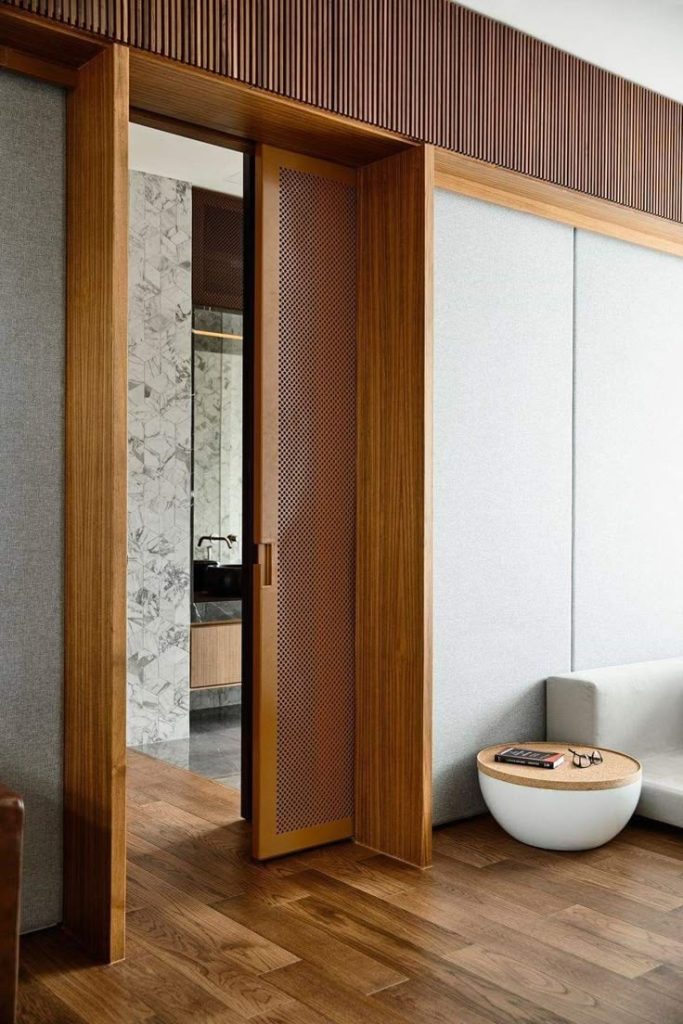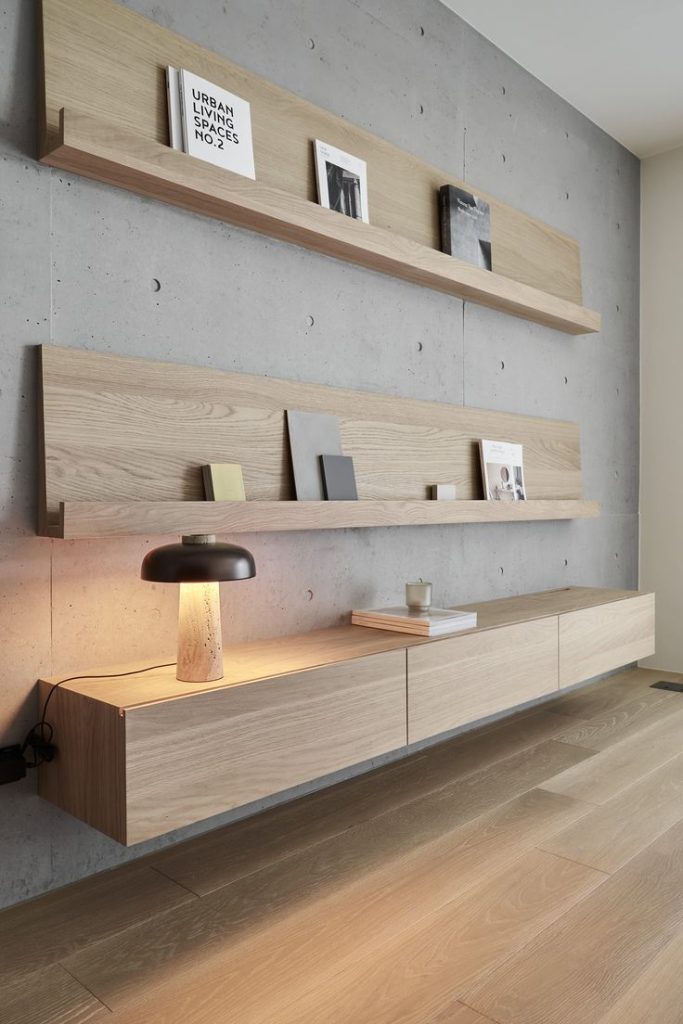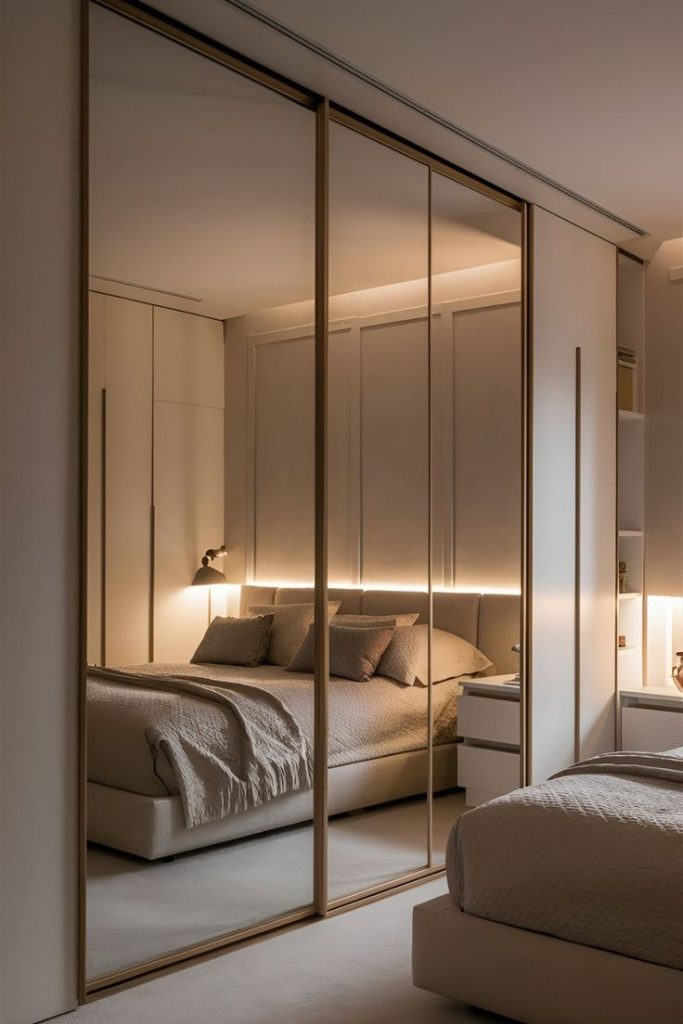Introduction: Style Meets Space
Living in a smaller home doesn’t mean you have to compromise on design. In fact, small homes often offer more character, more charm, and more opportunity to get creative with design. When every inch counts, your space becomes more intentional — and that’s where great design truly shines.
This blog shares practical and beautiful small home interior design ideas that help you maximise functionality, keep things airy, and still create a home that feels both stylish and soulful.
1. Think Vertical

One of the smartest strategies in small home interior design is using the height of your room. Walls are valuable real estate — don’t let them go to waste. Whether it’s for storage, decor, or lighting, vertical space helps free up the floor and makes the ceiling feel taller.
Tip: Add floating shelves, tall storage units, or wall-mounted lighting to keep the floor open while increasing function. Use vertical space in kitchens, bathrooms, and even behind doors. A tall bookshelf or hanging hooks can save space and add structure to an otherwise empty wall.
2. Choose Multi-Functional Furniture

In a compact space, furniture needs to work harder. A great small home interior design rule is to choose pieces that offer more than one use. These versatile items save space, reduce clutter, and often help define your room’s function.
Tip: Go for beds with built-in drawers, nesting tables, or a bench that doubles as storage. A foldable desk or wall-mounted table can turn any corner into a productive nook. Ottomans that open up for storage or extendable dining tables are small-space lifesavers.
3. Add Sliding and Pocket Doors

Traditional swinging doors take up valuable floor space. In small homes, switching to sliding or pocket doors can open up tight passageways and create smoother transitions between rooms.
Tip: Use sliding glass or wooden doors between rooms, or opt for pocket doors that tuck away inside walls. This simple switch can free up several square feet and give your home a cleaner look.
4. Use Wall Niches Instead of Bulky Shelves

Niches are an architectural detail that’s both beautiful and practical. They sit flush within your wall and can hold books, decor, plants, or even act as bedside storage without encroaching into your space.
Tip: Build in wall niches wherever depth allows — near entryways, in the bathroom, or beside the bed. Paint them the same colour as your wall for a sleek, seamless feel.
5. Opt for Open or Floating Storage

Storage is essential, but in a small space, the type of storage matters. Open and floating units allow air and light to flow freely, giving a cleaner, more open appearance to your room.
Tip: Use floating shelves or open cube storage to keep things organised without boxing the room in. Keep the styling clean — just a few favourite books, a plant, and neatly folded linens go a long way.
6. Create Built-In Seating Areas

Built-in seating not only saves space but also creates a cosy, custom-designed corner. These fixed seats can wrap around windows, be tucked into awkward corners, or double as storage.
Tip: Add bench seating in dining areas or by windows. Use the base for drawers or concealed storage, and top with cushions and throws to make it inviting.
7. Let Each Piece Breathe

A quiet space doesn’t mean an empty one. It means space that’s respected.
What you can do: Don’t fill every wall or corner. Let the architecture speak. Use rugs to define zones, leave the floor around furniture visible, and avoid stacking or over-accessorising.
Give your eye — and your mind — a place to rest.
8. Add Smart, Subtle Storage

Hidden storage solutions are key to keeping a small home feeling neat and spacious. When done right, they let you store more without visual bulk or mess.
Tip: Use beds with storage underneath, slim pull-out racks beside your fridge, or hooks behind doors for coats or bags. Create storage wherever there’s an unused sliver of space — under the stairs, between cabinets, even in window seats.
9. Use Reflective Surfaces Wisely

Reflective elements add depth and brightness to tight spaces. Mirrors and glossy textures help catch light and bounce it around, creating an illusion of openness.
Tip: Incorporate mirrored wardrobes, glass tables, or lacquered surfaces to bounce light around. It keeps the home feeling bright, airy, and spacious — perfect for compact layouts.
10. Prioritise Your Lifestyle

The most important rule of small home interior design? Make your space work for you. A beautiful home is one that fits your routine and supports how you actually live day to day.
Tip: Design with your habits in mind. Do you need a dining table or would a breakfast counter work better? Would a floor cushion nook feel more inviting than a bulky couch? Small home interior design becomes powerful when it’s tailored to how you truly live. upgrade your switchboards to clean matte finishes.
At NativeSutra, we obsess over these details because they’re what quietly hold the luxury together.
Final Thoughts: Make Small Feel Grand
A smaller home doesn’t limit your options — it refines them. Great small home interior design is about thoughtful choices that serve both beauty and purpose. Every corner becomes an opportunity. Every piece matters.
With clarity, creativity, and a touch of warmth, your home can feel expansive, elegant, and entirely yours — no matter the size.
Your space is already enough. Now let it reflect who you are.
Frequently Asked Questions (FAQs)
- What’s the most important element in small home interior design?
Functionality. Every element should be practical, purposeful, and space-aware. - How do I make my small home feel bigger?
Use light colours, mirrors, open storage, and avoid visual clutter. Keep decor minimal but warm. - What colours work best in a small home?
Soft neutrals, pastels, and light wood tones help create a spacious, open feel. - Can I still decorate if I live in a small space?
Absolutely — just keep it intentional. One framed photo, a textured throw, or a small indoor plant can make a big difference.







